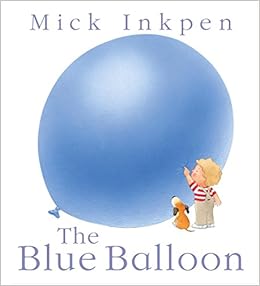Here are some easy to organise and quick ways to incorporate characters and books from the wonderful author Roald Dahl in to your teaching on Roald Dahl Day or during the week after 13th September.
Celebrating Roald Dahl Day in a foreign language
- Story title recognition
- What's our favourite story?
- Building characters
- Silhouette characters - sentence structure activity using nouns, adjectives and verbs
Roald Dahl Reading Mystery Tour
- Matching objects (pictures and nouns/ just nouns ) to story lines
- Matching language to story lines
- Matching mystery sentences to book titles
- Building descriptions - simple or complex sentences to create book storyline information
Popcorn whizzbanger birthday cards
- Playing with adjectives
- Popcorn adjectives charades
All the resources and activities are just a small part of the resources and materials accessible to network members on Primary Languages Network
For membership details see here






























